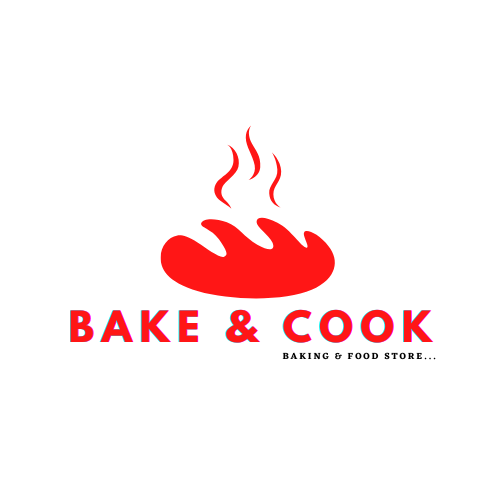
Set a shared goal of reducing costs and maximising income, particularly among quantity surveyors, project, and site managers who can influence financial decision-making. For many businesses, cash flow – or the lack of it – can mean the difference between success and failure. Cash flow refers to the amount of cash that comes in and goes out of your business’ pockets. It is an important business metric as it determines how much money you have on hand after you subtract your expenses (money going out) from your income (money coming in). Cash flow from investing activities is shown by taking the amount of money planned to be spent during the period on purchasing fixed assets, and subtracting any income anticipated from the sale of similar assets. Download this sample cash flow projection in Excel to see how it works in practice, and input your own numbers.

In this example, your monthly expenses would include rent of $1,100, utilities that average $250 a month, a part-time employee, whose salary is $2,000 monthly, and insurance of $150 a month. But if you have other sources of revenue, such as rental income or interest income, you can place it below the sales revenue. For example, if you currently rent office space that brings construction cash flow in $1,000, you’ll place that amount under rental income, making your total incoming cash for the following month $9,000. Next, you’ll want to estimate sales that you expect to be paid in the upcoming month. For example, if you have $10,000 in invoices due the following month, and you expect 80% of those invoices will be paid, you’ll put $8,000 in income for sales paid.
Cash flow projection for contractors: Predicting the future
And asking customers to put down money upfront can help ease the strain of having to pay for all of the expenditures out of pocket. Instantly, compare your best financial options based on your unique business data. Know what business financing you can qualify for before you apply, with Nav. Add the solutions to the three calculations above to your business’s beginning cash for the period to add into your cash flow statement.
At HighRadius, we recently turned our research engine toward cash flow forecasting to shed light on the sources of projection failures. One of our significant findings was that most companies opt for unrealistic projections models that don’t mirror the actual workings of your finance force. It is also a document that shows where your cash flow will stand in the future, except it takes into account hypothetical variables such as possible price changes or potential project closures. A well-crafted Cash Flow Forecast should include regular monitoring against actuals as the project progresses so adjustments can be made if necessary. This will ensure that stakeholders stay on top of any changes in financial status throughout the lifetime of their construction projects. Cash flow forecasts also help businesses identify potential problems early on so they can take corrective action before things get out of hand.
The Significance of Training in Cashflow Management
Proper planning in anticipation of these events will help prevent payroll and payment problems. A company that consistently operates at a loss and suffers from negative cash flow is doomed to fail. The solution, therefore, is to generate positive cash flow on a monthly basis, which will allow employees to be paid and payments to be made on time. One obvious key to success is to prioritize income and expenses, but that’s a broad statement. This article looks at 10 strategies that construction and contracting companies can employ to improve their cash flows.
Having these at hand is very useful because they allow construction companies to plan their finances in anticipation of their upcoming project costs so they can prevent dipping into negative cash flow. Creating a cash flow projection provides business owners and managers with the financial data they need to make more informed business decisions. These decisions can include reducing expenses when a cash shortfall is expected or investing more in the business when cash is expected to increase. While robust cashflow management strategies are crucial, sometimes external financing may be needed to ensure project continuity. Construction businesses might have to turn to loans, overdrafts, or invoice financing to manage cash flow.
Online Payment Portal
Only when the main contractor is appointed is there a concrete payment and cash flow schedule agreed with the client. From here, the contractor can try to align their own operations with this schedule. Controllers appreciate the template for its ability to optimize resource allocation.

